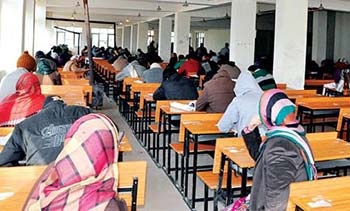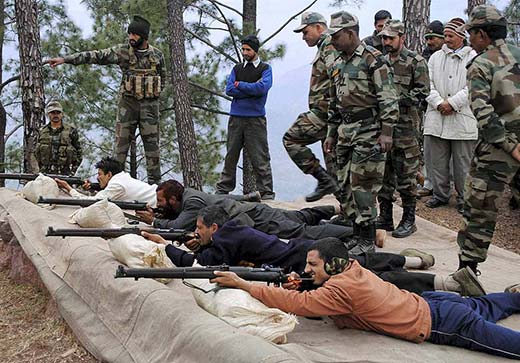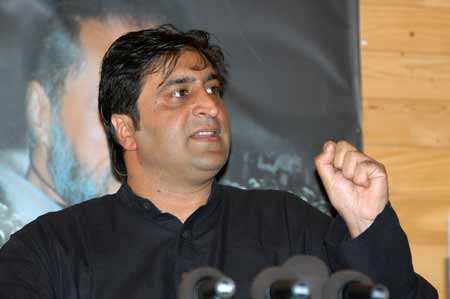SRINAGAR: Describing August 5 as a watershed moment in the turbulent history of Jammu and Kashmir, Senior BJP leader Devender Singh Rana Friday said that the people are entering into the fifth year of their real independence from the shackles of exploitation and discrimination by a political class that treated the erstwhile state as their fiefdom.
“The eve of the abrogation of Article 370 stands shining testimony of transformed Jammu and Kashmir with development taking centre stage and people enjoying equal opportunities of progress irrespective of region, religion, caste or ethnicity”, Rana said during the weekly public hearing at the BJP headquarters.
BJP has made possible what everybody perceived impossible years ago and emerged as a harbinger of change in the Union Territory. “Each sector and every segment is enjoying the dividends of peace, heralded by the government in the past over four years by dispensing responsive administration and isolating inimical elements in the separatist amalgam as also those within the so-called mainstream, in the true spirit of Modi’s cherished agenda of ‘Sabka Saath, Sabka Vikas, Sabka Vishwas, Sabka Prayas.”
Devender Rana referred to the NHFS report stating that Jammu and Kashmir is leading the country in several developmental criteria, indicating the Union Territory’s remarkable transformation during the past four years. A comparison of some of the most important development criteria reveals that J&K outperforms the rest of India in parameters that indicate UT’s development and economic growth.
Quoting statistics, Devender Rana said, J&K has a higher life expectancy rate than the rest of the country. As per the NHFS, life expectancy in India (national average) is 69.4 years, whereas it is 74 years in J&K. The Union Territory has a superior teacher-pupil ratio at the elementary level of 1:14, while the national average is 1:32. The average monthly agricultural household income in India is Rs 10,218; in J&K, it is Rs 18,918, more than Rs 8000 greater than the rest of India. This suggests that farmers in J&K make more money than farmers in the rest of the country.
In JK, he added the sex ratio at birth (last 5 years) is 976 girls per 1000 boys, compared to 929 at the national level. The institutional birth rate is 92.4 percent, whereas the national average is 88 percent. Giving birth at a medical facility under the supervision of trained and competent health staff is referred to as institutional birth. It also denotes the availability of resources to deal with the problem and save the mother and child’s lives. Fully immunised children (12-23 months) in Jammu and Kashmir are 96.5 percent, whereas fully immunised children nationally are 76.5 percent, indicating that J&K has a higher rate of vaccination.
Adding further he said the UT has per capita energy consumption of 1384 units, which is greater than the national average of 1208 units. Higher education has a gross enrolment ratio (GER) of 32.4 percent in the UT and 27.1 percent nationally. Gender parity in higher education is 1.05 in J&K and 1.01 overall in India. Forest and tree cover in J&K is 54 percent double than the national average of 24.5 percent.
“Seeing is believing, he said, adding that the people of Jammu and Kashmir are now witness to unprecedented development, infrastructural upgradation, massive investment interventions and implementation of various welfare measures to the last person in the society.
He referred to the overall situation across the Union Territory with special reference to the Kashmir Valley, saying that even the worst critics of the BJP are acknowledging the huge turnaround in terms of peace and normalcy.















